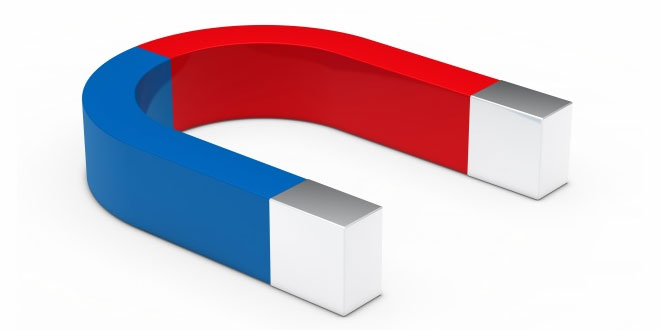NCERT 6th Class (CBSE) Science: Fun with Magnets – Quiz
19 Multiple Choice Questions related to NCERT 6th Class (CBSE) Science: Fun with Magnets – Quiz:
- Using a compass is better as stars are only visible at night and sometimes they are not seen at night due to pollution and clouds and stars change their position every night.
- The compound of iron is iron oxide or magnetite.
- There is repulsion between these two magnets as there is repulsion between like poles.
- Television, mobiles, CD, computers and many more devices are made up of magnetic materials and magnets in it. If you bring a magnet closer to it then it will spoil these devices.
Your Score:
Your Ranking:
Summary
Magnet: An object which attracts magnetic materials; like iron, cobalt and nickel; is called magnet.
Discovery of Magnet: Magnet was discovered by an ancient Greek shepherd; named Magnes. Once; while he was fiddling with his stick, the metallic end of the stick got stuck with the rocks. Those rocks contained the natural magnet, magnetite. The story of magnetite spread far and wide. Some people believe that magnetite was discovered at a place called Magnesia.
Natural Magnet: Magnet which is found naturally is called natural magnet.
Artificial Magnet: Magnet which is made by humans is called artificial magnet.
Types of Magnet
Magnets are made in different shapes and they are named according to the shape, e.g. bar magnet, dumb-bell shaped magnet, horse-shoe magnet, cylindrical magnet etc.
Magnetic Materials: Materials which are attracted towards a magnet are called magnetic materials, e.g. iron, nickel and cobalt.
Non-magnetic Materials: Materials which are not attracted towards a magnet are called non-magnetic materials, e.g. aluminium, zinc, wood, rubber etc.
Poles of a Magnet:
A magnet has two poles, viz. north pole and south pole. The magnetic power is concentrated on the poles of a magnet. When a bar magnet is suspended to move freely, it always points in the north-south direction. The north pole of the magnet points towards the north and the south pole of the magnet points towards the south.
Interaction Between Poles of Magnet
Like poles repel each other. This means when north pole of a magnet is brought near the north pole of another magnet, both repel each other. The same holds true for the south poles of two magnets.
Unlike poles attract each other. This means when north pole of a magnet is brought near the south pole of another magnet, both attract each other.
Use of Magnet in finding directions: Magnetic compass is a simple device which has been in use since ages; to find directions. Magnetic compass was discovered in ancient China. The sailors and travelers found magnetic compass very useful in finding directions.
Magnetic compass is composed of a small box with a glass top. The magnetic needle is placed on a pivot around which it can rotate freely.
Making your own magnet: With the help of a permanent magnet you can change a piece of iron into a magnet. For this, you need to place the iron piece on a flat surface. Then rub the permanent magnet on the iron piece for many times. Your hand movement should always be in the same direction, while doing this. After some time, the iron piece would attain magnetic property.
Storing a magnet:
- Bar magnets should be kept in pairs. Their unlike poles should be kept on the same side. A wooden piece must be placed between them. A piece of soft iron should be placed at their ends.
- For storing a horse-shoe magnet, you should place a piece of iron across the two poles.
- Magnets should be kept away from speakers, CD, television, music system, computer etc.
 Class Notes NCERT Solutions for CBSE Students
Class Notes NCERT Solutions for CBSE Students


